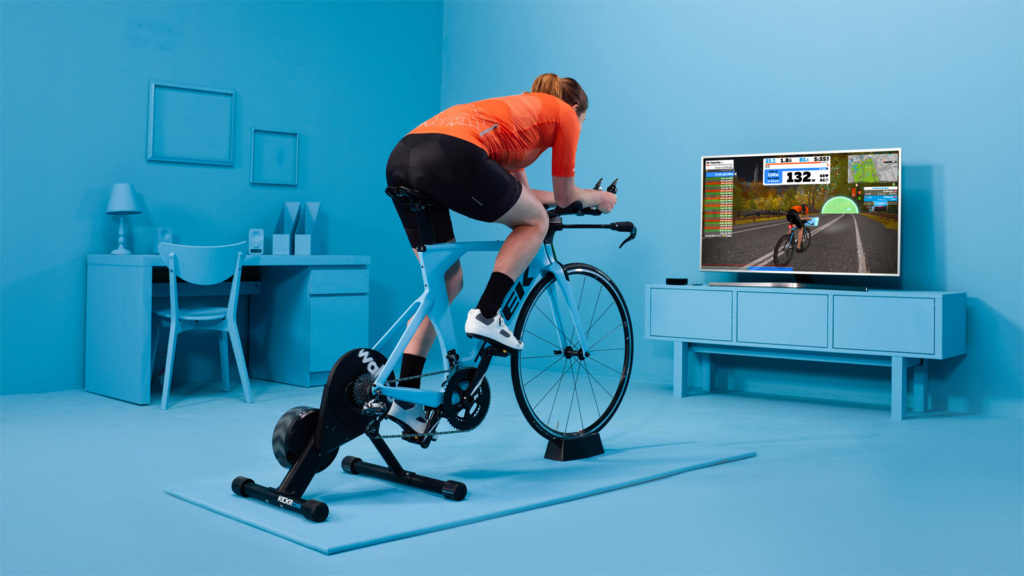How to Prevent Groin Pain from Cycling
Cycling is a fantastic way to stay fit and explore the outdoors, but it can also lead to uncomfortable groin pain if not approached with caution. Whether you’re a seasoned cyclist or just starting, it’s essential to take steps to prevent groin pain and ensure a comfortable ride. In this guide, we’ll cover some effective strategies to keep groin pain at bay and enhance your cycling experience.
Understanding Groin Pain and its Causes

Before delving into prevention, it’s crucial to understand the potential causes of groin pain from cycling. While cyclists are less prone to groin strains compared to athletes in other sports, they can still experience discomfort in the groin area. The most common types of groin pain in cyclists are related to hip issues and soft tissue discomfort.
Hip-related groin pain can stem from conditions like hip arthritis, labral tears, or femoroacetabular impingement. When the hip joint’s mobility is reduced, it can cause discomfort and twinges in the adductor muscles during the pedal stroke.
Soft tissue discomfort in the groin area can be aggravated by saddle-related issues, such as incorrect saddle length, width, or position. Poor saddle fit can lead to skin irritation, saddle sores, or numbness in the perineum area.
Bike Fit and Positioning

Proper bike fit and positioning are critical in preventing groin pain. If you have limited hip joint range of motion, consider shortening your cranks to reduce compression on the hip joint and friction on the inner leg. Raising your handlebar height can also alleviate pressure on tight hips.
Ensure your saddle is positioned correctly to avoid slipping forward onto your tender perineum. Incorrect saddle height can lead to groin pain, so find the right height for your body.
Loosen Your Hips

If your groin pain is related to hip issues, hip flexor mobility exercises may help. However, avoid forceful stretching if you have hip arthritis or femoroacetabular impingement, as it may irritate the surrounding soft tissues. Instead, seek advice from a physio or exercise medicine consultant for appropriate treatment options.
Riding Technique

Avoid pulling up excessively on the pedals, as it engages the hip flexor muscles and may contribute to hip pain. Instead, focus on pushing through the downwards phase of the pedal stroke, which is more effective and less likely to trouble your hips.
Find the Right Saddle

Choosing the right saddle is crucial in preventing groin pain. Consider matching the width of your sit bones to the saddle. However, keep in mind that the sit bone width method isn’t perfect, as your load distribution changes when riding in different positions.
Factors like saddle shape, cut-outs, and angle also play a role in saddle comfort. A saddle with a cut-out can reduce hip joint compression and provide relief, especially if you tilt your pelvis forward.
Keep it Clean and Cool

To care for your skin in the groin area, change out of wet and sweaty bib shorts immediately after a ride and wash them before using them again. Avoid removing hair in this area, as it can irritate the skin. Using chamois cream may help some cyclists.
Indoor Training Considerations

If you engage in intense indoor training sessions, be mindful of potential skin irritation. Use a fan to keep the area cool and minimize sweat, reducing the risk of skin breakdown.
By following these tips, you can minimize the risk of groin pain and enjoy a more comfortable and enjoyable cycling experience. Remember that each cyclist’s needs are unique, so don’t hesitate to experiment and find what works best for you. Happy cycling!
